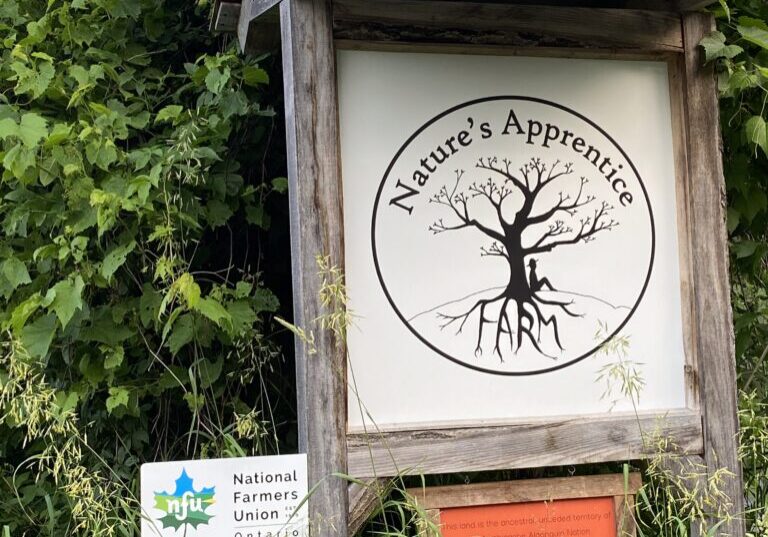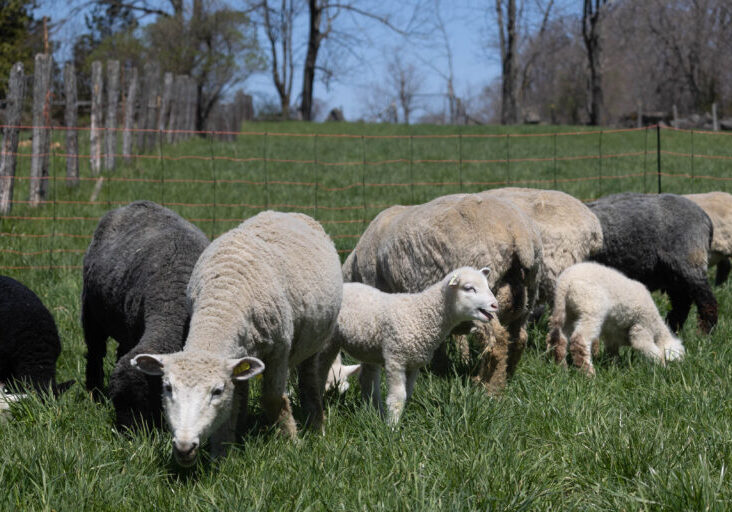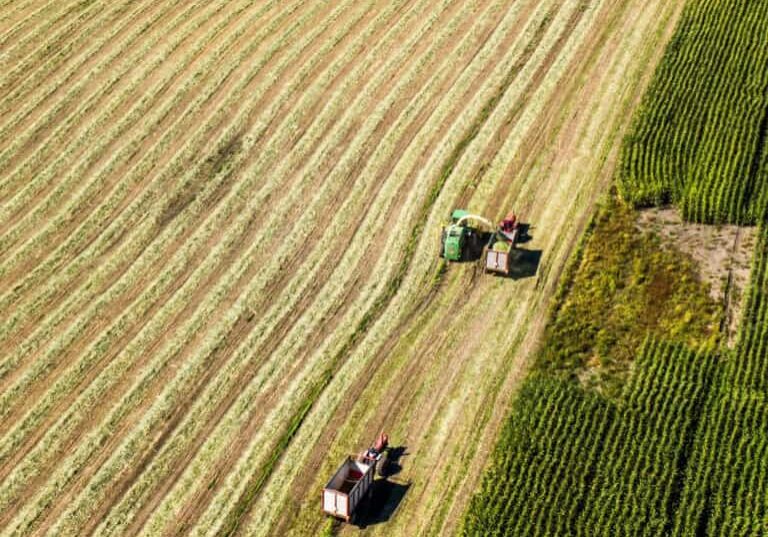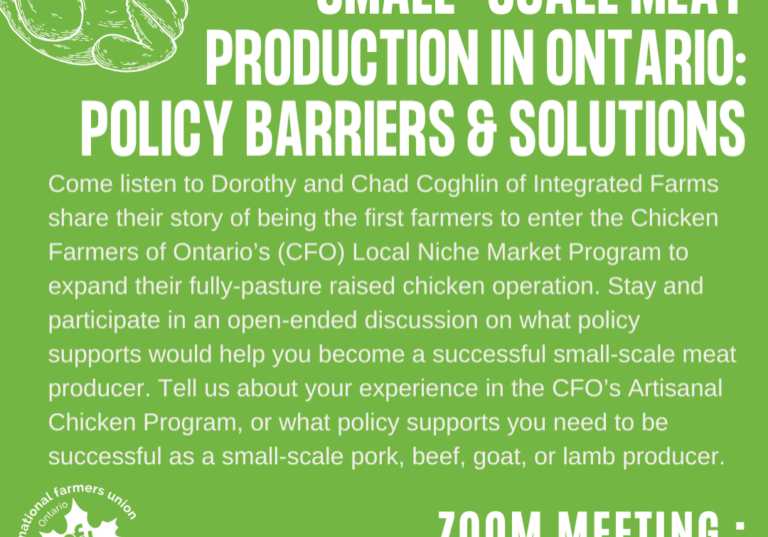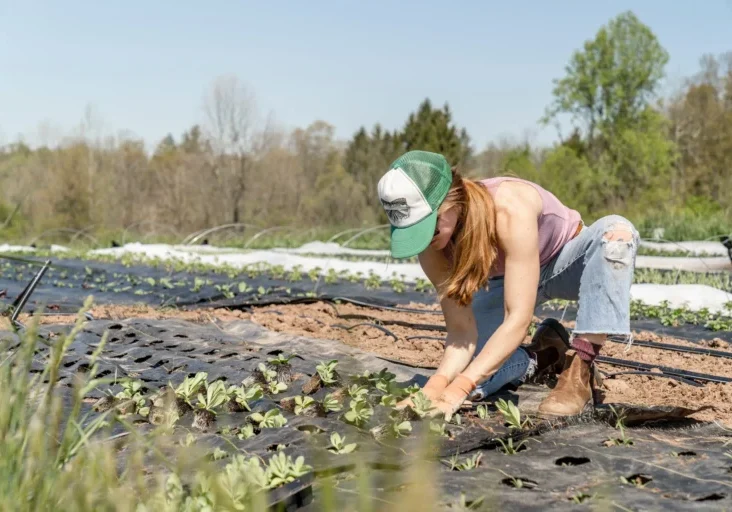Knowledge and action leads to hope
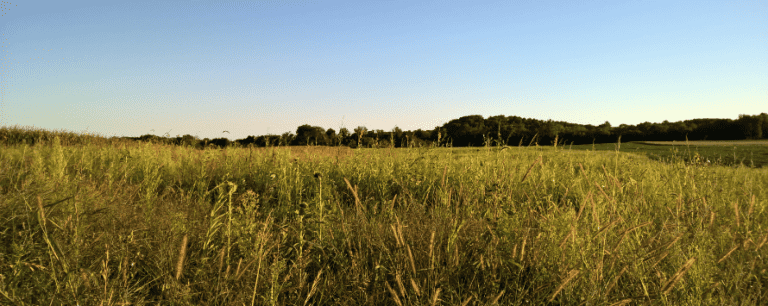
National Farmers Union – Ontario Newsletter
The Rural Voice | May 2022
There is a climate crisis on our farms. However, the February announcement about the Agriculture Canada On-Farm Climate Action Fund is promising for Ontario farmers interested in capturing carbon, reducing greenhouse gas emissions and regenerating Canadian soils. The Ontario Soil and Crop Improvement Association (OSCIA) will be administering this fund in Ontario and Ecocert Canada is also involved for certified organic producers. The objectives are three-fold:
1. Use of cover crops to capture carbon in our soils, reduce atmospheric carbon, and protect and regenerate soils.
2. Nitrogen management, including the use of legume cover crops after, or inter seeded with, crops for harvest. These cover crops can supply much if not all the nitrogen requirements, reducing input expense.
3. Rotational grazing practices, including the use of legumes to supply much of the nitrogen required for a crop, as well as other advantages.
There is also a financial crisis on our farms. Canadian farm debt has nearly doubled since 2000 and now stands at a record $106 billion. Goods and services supplied to our farms are now capturing 95 per cent of all farm revenues, leaving just five per cent on the farm for farmers. Several generations ago the figure was averaging 35 per cent of all revenues staying on the farm. Most farms now rely on off-farm work. Canada has lost more than two- thirds of its young farmers (defined as those under 35 years old) since 2001 (Qualman, “Tackling the Farm Crisis and the Climate Crisis”).
As climate mitigation is considered urgent by experts, time is short to gain momentum. The fires, extreme heat, floods and drought in Canada and globally in 2021 should leave no doubt about the emergency we face.
The first big opportunity to gain momentum, is in August, planting cover crops after wheat and cereal grains harvest. This has several advantages. For example, oats after wheat is uncomplicated, inexpensive, can be used for forage, and can be broadcast or drilled, using the same equipment that planted the wheat crop.
It also provides the longest growing season before frost, and is self-terminating when frost occurs (See “Best Management Practices Factsheet: Winter Cover Crops” from Service Ontario for more on this). On our farm, a blend of 50 per cent oats and 50 per cent peas has outperformed oats alone, with more biomass and nitrogen input from the peas. A huge advantage of increased soil carbon is water retention and drought resistance which is becoming more and more important each year.
There is a learning curve involved and a mindset change needed to adopt the use of cover crops. Proposals for funding and gaining momentum are not meant in any way to reject or devalue the education factor in an incremental approach. They are meant to be concurrent with learning and to gain momentum to tackle our emergency. Time is short. Oats or oats and peas after wheat harvest is presented as a good place to start.
My personal motivation is to see young farmers staying on the farm. We need them to succeed. Reducing the input side of the balance sheet holds considerably more potential than improving income through increased yields. For example, cover crops are also “smother” crops, to suppress weeds, leading to a reduction in the use of herbicides, and a reduction in input costs. Legumes can also supply up to 80 kg. of nitrogen/hectare, and reduce or eliminate the need for synthetic nitrogen inputs and cost.
Niche and local markets are helpful too. As an example, we marketed our
winter rye, certified by Eco-cert at $450/tonne compared to $200 or less at the time for uncertified. Without needing herbicides or commercial fertilizer purchases, our planting cost per acre was $66. Even after Eco-cert fees, trucking and combining there is a nice net return here, something worth considering for the future since rye will grow well even on the shallow, drought prone “county bedrock” land prevalent in parts of Prince Edward County. Yield averaged 1.1 tonnes/acre or $495/acre. (We had one crop yielding 1.6 tonne/acre – it rained at the right times that year!) It was certainly comforting and less stressful to start the cropping season with $66 per acre invested instead of $250 or more.
I sincerely hope to see as many Prince Edward County and Ontario farmers succeed as possible, which means many more acres of soils protected and regenerated as well, and more net income for the farming community.
Don Hudson is an NFU-O member and a farmer in Prince Edward County.
Click here to view the PDF version.
A subscription to The Rural Voice is one of the benefits of being an NFU-O member
